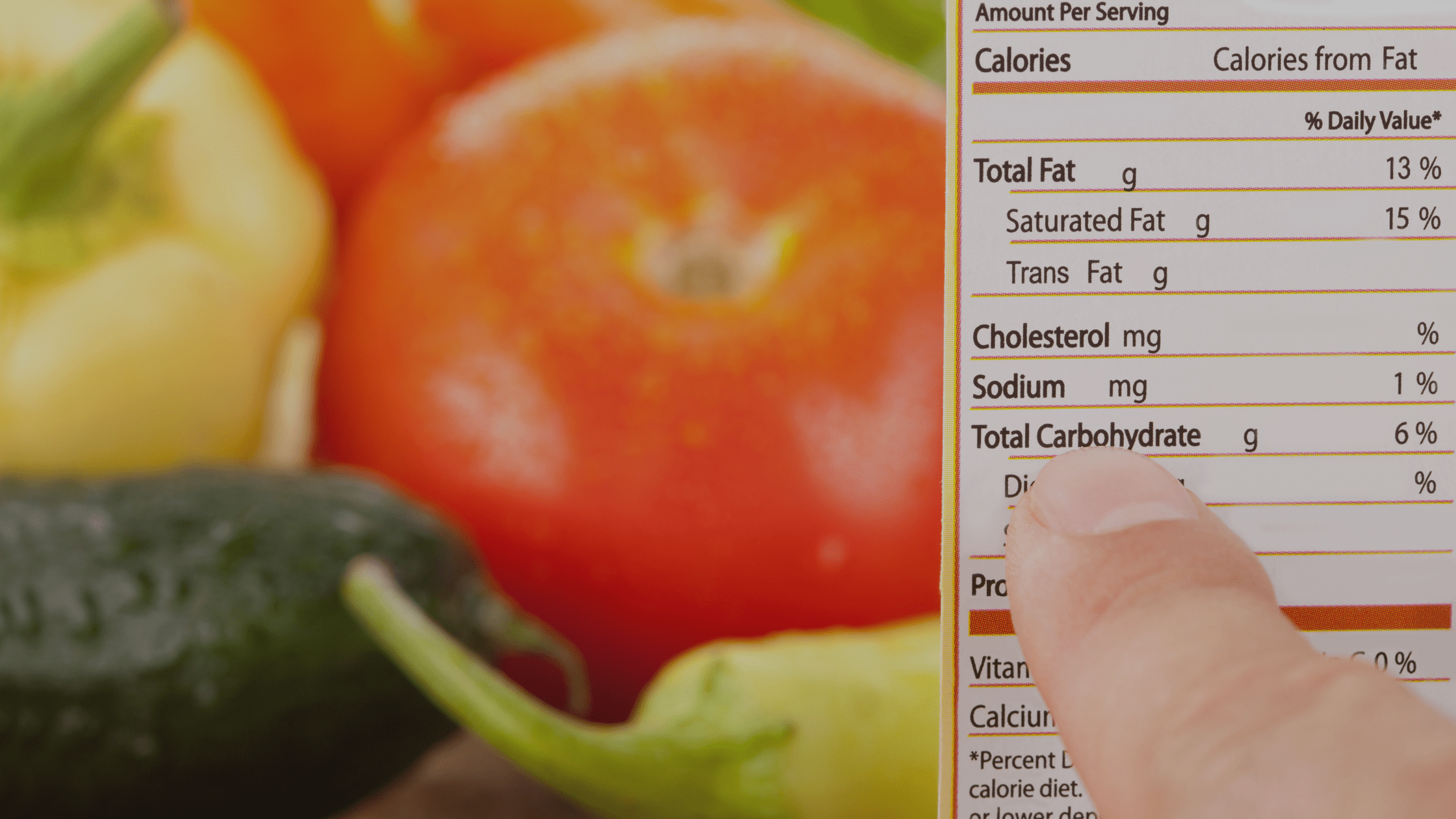Dietary information, provided on food packaging in the form of nutrition labels, is a valuable resource for making informed food choices.
By understanding how to read and interpret these labels, you can better manage your diet and make healthier eating decisions.
In this guide, we’ll take a detailed look at the various components of nutrition labels and provide practical tips for using this information effectively.
Serving Size and Servings Per Container:
-
- Explanation of serving size
- Understanding servings per container
- Importance of adjusting portions
Calories:
-
- Definition of calories
- How to interpret calorie information
- Using calories to manage weight
Macronutrients:
-
- Protein:
- Importance of protein
- How to identify protein content on the label
- Carbohydrates:
- Types of carbohydrates
- Fiber content and its importance
- Fat:
- Different types of fat
- Saturated, unsaturated, and trans fats
- Protein:
Micronutrients:
-
- Vitamins:
- Common vitamins listed on nutrition labels
- Their importance for health
- Minerals:
- Common minerals listed on nutrition labels
- Their role in the body
- Vitamins:
% Daily Value (%DV):
-
- Explanation of %DV
- How to use %DV to make informed food choices
- Understanding the difference between nutrients to limit and nutrients to get enough of
Ingredient List:
-
- Importance of reading the ingredient list
- How ingredients are listed
- Identifying hidden sugars, sodium, and unhealthy fats
Health Claims and Buzzwords:
-
- Understanding common health claims (e.g., “low-fat,” “high-fiber”)
- How to interpret buzzwords like “natural” or “organic”
- Recognizing misleading claims
Tips for Using Nutrition Labels Effectively:
-
- Focus on whole foods
- Be mindful of portion sizes
- Compare similar products
- Watch out for hidden ingredients
- Look beyond marketing claims
Conclusion
Understanding dietary information is essential for making informed food choices and managing your diet effectively. By learning how to read and interpret nutrition labels, you can take control of your nutrition and make healthier eating decisions.
Use this comprehensive guide to empower yourself to make better food choices and improve your overall health and well-being.

Leave feedback about this